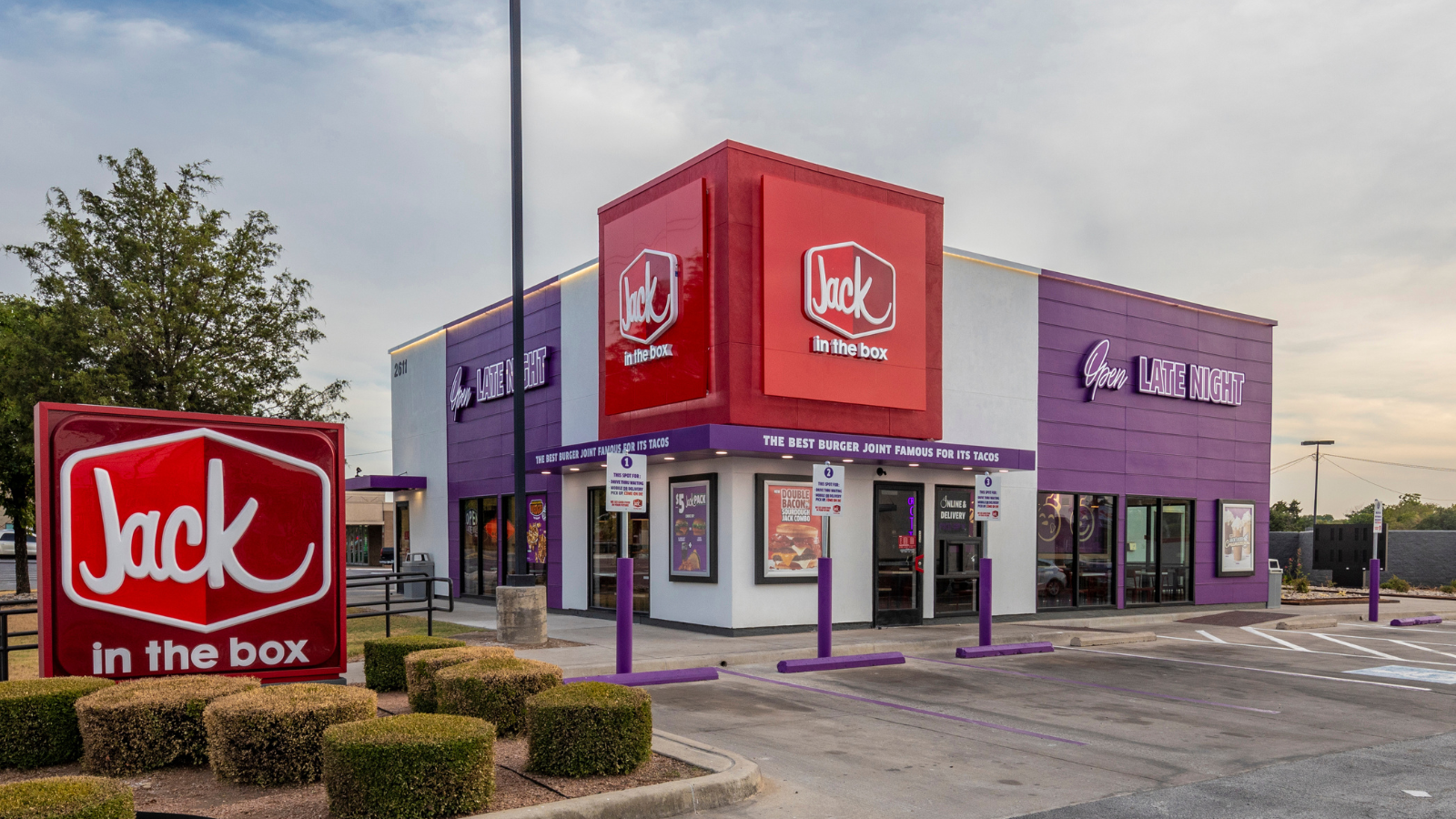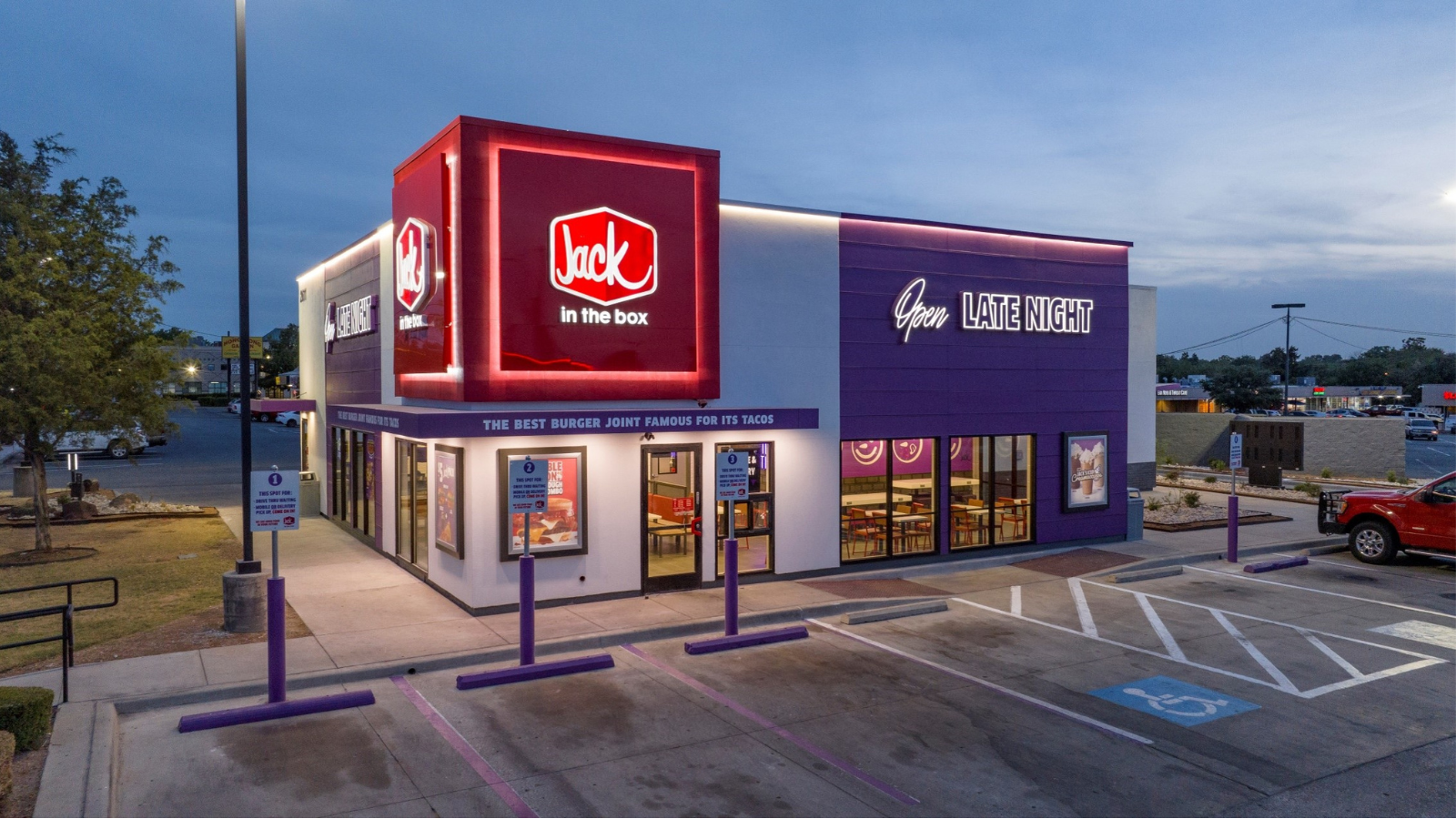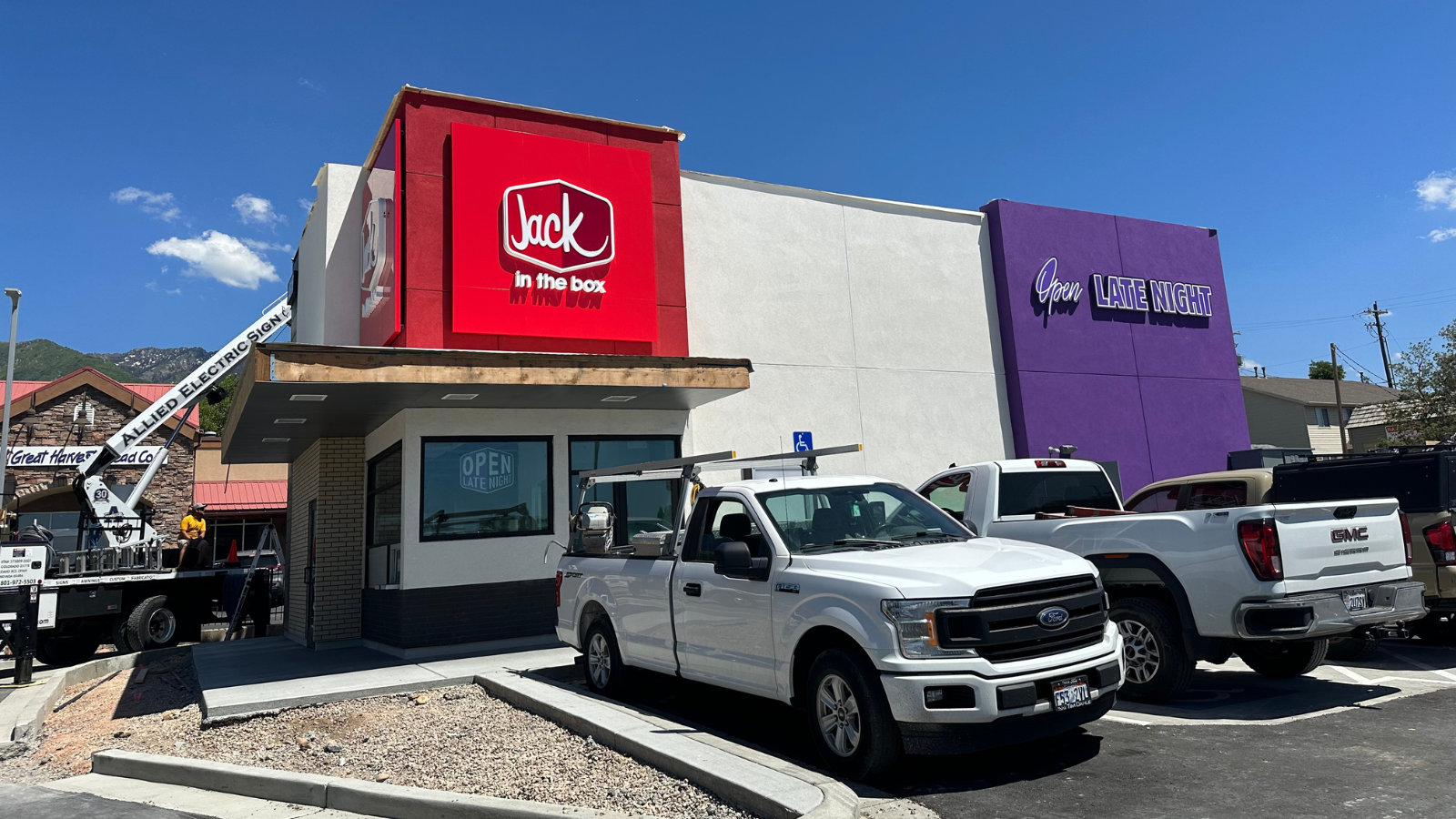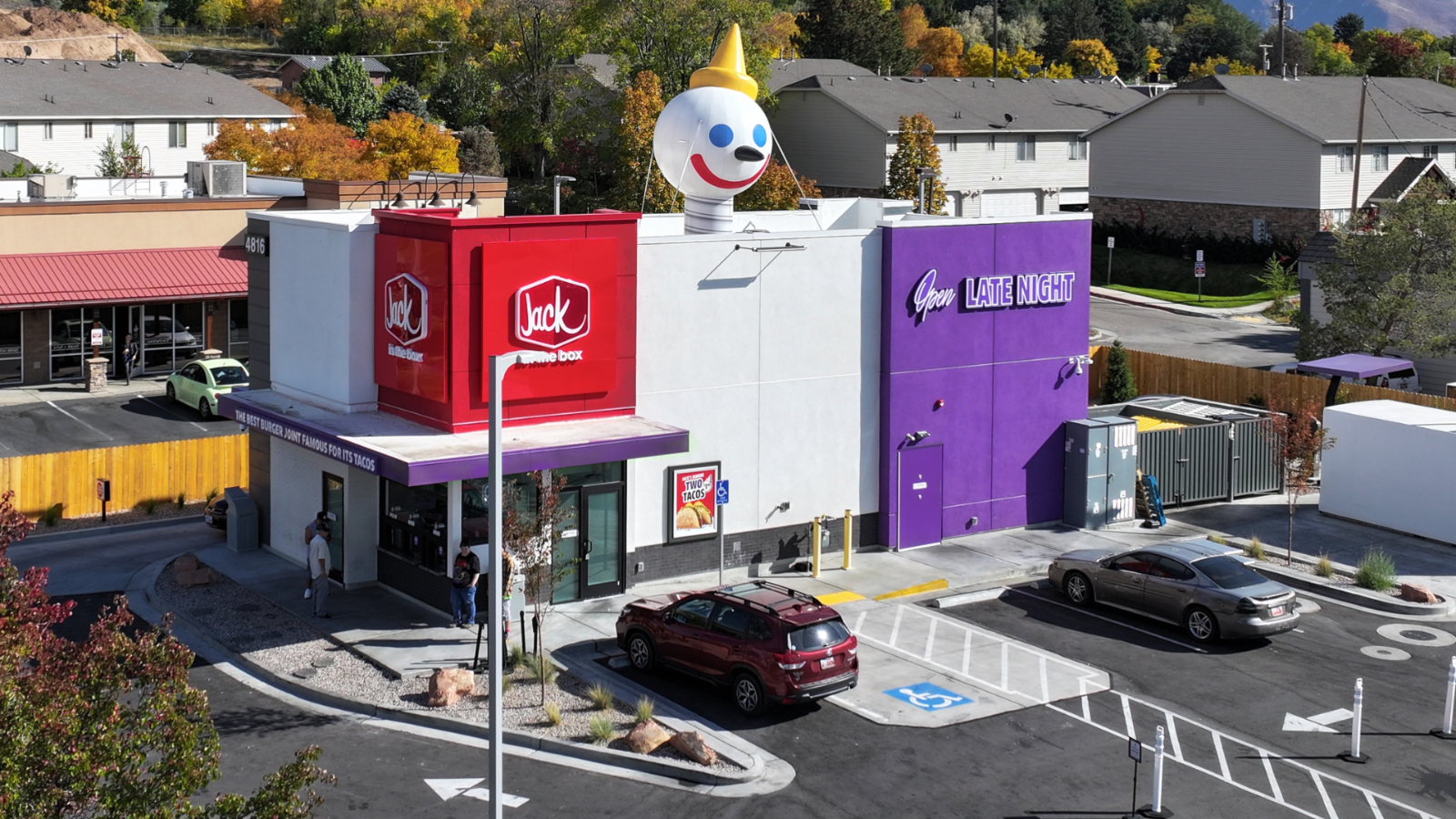Owning vs Leasing Real Estate: Pros & Cons
The decision to own or lease real estate is a critical factor for any franchisee.

Venturing into the world of franchising can be an exciting path to entrepreneurship, offering the allure of an established brand and proven business model.
However, beneath the recognizable logos and streamlined operations lies a critical, often complex, component that can make or break your success: real estate.
Choosing the right location, understanding lease agreements, and navigating zoning laws are just a few of the real estate hurdles franchisees face.
In this article and podcast, we will equip you with the essential knowledge you need to confidently approach the real estate aspect of your franchise.
We recently sat down with Esty Chang, Real Estate Development Manager for the Western Region at Jack in the Box, to gain insights into the dynamic world of Quick Service Restaurant (QSR) real estate.
Esty Chang brings nearly 20 years of experience in QSR real estate to the table. She began her career as a tenant representative, primarily assisting franchisees—a segment she recognized as having immense, yet often untapped, growth potential.
"I saw there was untapped potential for franchisees looking to grow, and not really seeking the type of support that they could receive in the efforts to grow their development agreements and secure sites out there in the market," Esty explained. Her passion for empowering franchisees ultimately led her to transition to the corporate side, where she could directly contribute to the symbiotic growth of both franchisees and the corporate brand. Her goal is to leverage her experience to help franchise organizations expand and thrive.
The COVID-19 pandemic significantly reshaped many industries, and QSR real estate was no exception. Esty highlights one overriding trend: the competitive demand for drive-through space.
"COVID taught us a lot, with QSR being an essential business during that time and really teaching restaurants and, you know, fast casuals the benefits of having a drive-through," she noted. Whether it's for full customer service or to enhance mobile and digital order pickups, the drive-through has become an indispensable asset. This surge in demand means that securing suitable QSR locations, especially those with drive-through capabilities, is a key consideration for franchisees looking to expand.
What exactly makes a great site for a Jack in the Box or another fast-food restaurant? Esty outlined the essential parameters:
From a demographic standpoint, Jack in the Box looks for:
At least 10,000 people within a one-mile radius or 3,000 employees.
The right mix of retail traffic generators.
An average household income of $65,000 or above.
Traffic counts of 25,000 vehicles per day at the primary intersection on both primary and secondary streets.
From a land and site requirement perspective, they typically seek:
At least 22,000 to 25,000 square feet of land to accommodate their various prototypes.
Building prototypes range from 1,350 to 2,400 square feet.
Consideration for building conversions, second-generation restaurant drive-through spaces, and end-cap drive-throughs.
"Our primary goal is to reach the customer in the business model that we're looking to service as QSR, and that is our drive-through business as a core primary part of the business," Esty emphasized. The focus is on finding a healthy balance of residential, employment, and retail generators to capture customers and drive traffic. The ultimate aim is to target locations with strong potential for sustained QSR performance, setting franchisees up for success.
Mike Wootton brought up a common question from prospective franchisees: the pros and cons of second-generation spaces. Esty clarified that a second-generation space is an existing drive-through opportunity where the previous tenant's lease term ended or they relocated.
Pros of Second-Generation Spaces:
Existing building asset: Often easily convertible.
Improved construction/development costs: Perceived savings due to converting an existing structure.
Permitting and entitlement benefits: Can accelerate timelines, especially in jurisdictions with lengthy development requirements for new drive-throughs.
Cons of Second-Generation Spaces:
Understanding the previous tenant's departure: It's crucial to evaluate why the previous business left. Did the retail trade area shift? Were there significant rent escalations impacting their profitability?
Cost considerations: Balancing performance with occupancy costs if the previous tenant faced high rent.
Esty stressed that evaluating these spaces requires a collaborative effort between the real estate team and the franchisee to make the best determination for the site's future success.
The process of site selection is a partnership. As Dustin inquired, "Does corporate choose the location, or do they choose the location?"
Esty explained that Jack in the Box offers a variety of prototypes for franchisees to choose from. The decision-making process is highly collaborative, combining the real estate support team's experience with the franchisee's local market knowledge. For example, if a market doesn't have a high demand for in-restaurant dining, a smaller prototype might be evaluated. If it's a high walk-up traffic or urban area that's primarily drive-through driven, a drive-through-only prototype could be considered.
Cost is a significant factor, especially for ground-up development, which impacts a franchisee's pro forma and financial outlook. "Ultimately, our job on the real estate team and on the franchise support team altogether is to make sure that as we bring on new franchisees, we set them up for success, and we manage those expectations accordingly where it pertains to their real estate site selection or their ground up development," Esty stated.
Franchisees signing a development agreement with Jack in the Box can expect a timeline of 24-plus months to open their first stores. This comprehensive timeline accounts for the full lifecycle of a site:
Immediate Engagement: Upon signing, the real estate team engages with the new franchisee to conduct a market site tour. This validates market plan points and trade areas, adjusting them based on the franchisee's local knowledge.
Site Identification and Committee Process: The team assists in identifying potential real estate opportunities and guides the franchisee through the real estate committee process.
Negotiations: The timeline heavily depends on the negotiation process for a lease or purchase Letter of Intent (LOI).
Permitting and Entitlements: A significant portion of the timeline is dictated by individual jurisdiction and municipality requirements for permits and entitlements, especially for drive-throughs. The goal is to manage these timeframes to prevent delays and ensure franchisees meet their development agreement timelines.
"The first site you negotiate may not be the first site you open. It might be your third site," Esty cautioned, highlighting the importance of front-loading the pipeline with a portfolio of prospective sites to account for potential fallouts and maintain steady growth.
Mike describes the real estate relationship as a "three-legged stool" involving the franchisee, the internal real estate team, and local brokers. Esty emphasized that communication is key among all parties.
Franchisees often come with their own local brokers, but Jack in the Box's real estate team also has a seasoned network of market brokers ready to support. The internal team has access to valuable resources such as:
Standard demographic reports
Traffic count reports
Competitor sales volumes
"The sooner we know, even if it's two sites in trade areas that may be a couple of miles apart, that open line of communication will help us provide the information that the franchisee is looking for to be able to make that final determination in how they proceed," Esty explained.
When asked for one crucial piece of advice for prospective franchisees entering the real estate process, Esty reiterated the importance of collaboration.
"I think the most important aspect for both franchisors and franchisees is understanding that it's a collaborative effort," she stated. Franchisors bring brand experience, while franchisees offer operating experience and local market knowledge.
The objective is to set franchisees up for success from day one by aligning expectations regarding identifiable real estate, reasonable costs, and site characteristics. This alignment is crucial for building a strong development pipeline that supports sustainable growth for the franchisee.
We hope this article and podcast gave you a better understanding of the essential cornerstones of real estate when it comes to franchising.
At Jack in the Box, we’re looking for multi-unit franchisees who are excited to bring our craveable 24/7 menu to new markets across the country.
Here are some additional online resources you may like to check out:
If you have any questions, please contact our franchise sales and support team.

The decision to own or lease real estate is a critical factor for any franchisee.

Are you thinking about investing in a Jack in the Box franchise? Then you're probably interested in how the construction process works once you get...

For many aspiring franchise owners, the journey often begins with an exciting vision of their future business. However, as the process unfolds, one...